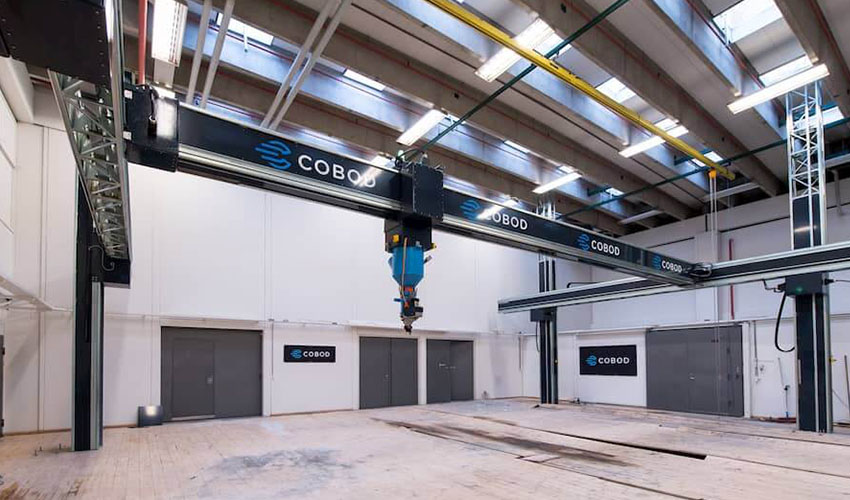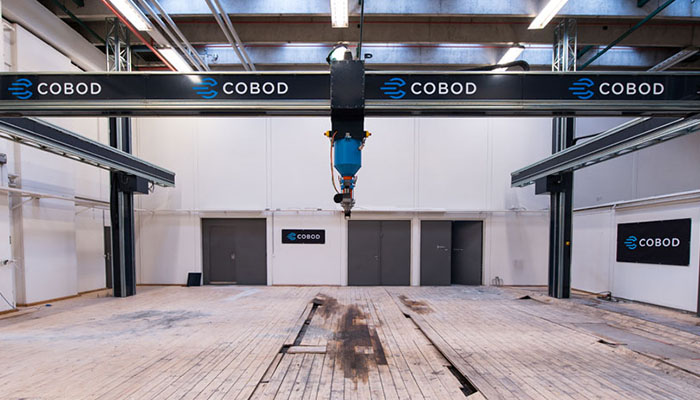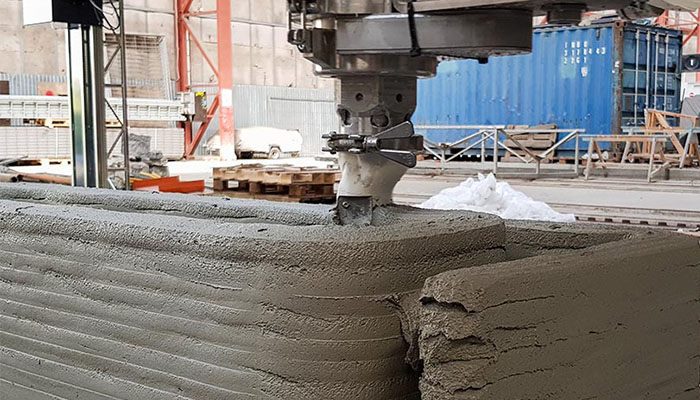COBOD on the true state of 3D printing in construction

The company COBOD recently spoke out on the true state of the construction 3D printing industry, revealing many misconceptions people have about 3D printed buildings. According to the company, officially, no building has been 3D printed in 24 hours only. A milestone that many believed to have been met some time ago by Apis Cor. For COBOD, it all started when the company printed its first building in 2017, named BOD (Building on Demand). Since, it has continued to develop its construction 3D printer and made many improvements to continue pushing the technology. Today, the company believes it is important to put in perspective what different players say they’ve achieved.
Henrik Lund-Nielsen, CEO of COBOD, explains: “During our research we found that many companies had at best “put a gross marketing angle” on their PR, deliberately aimed at creating the wrong impressions by the readers. We hope to be able to set the record straight and create more clarity. We want to assure that potential customers have the correct information and understand the very early maturity stage of this industry. We all believe in the fantastic potential of this industry, but we need to be realistic about what really can be done with the technology for the time being. Otherwise we risk disappointing potential customers and that people distrust our industry and the information about our products and technology, which we really want to avoid.”

COBOD’s 3D printer
In terms of maturity, the industry is the very early stage of adoption for construction. Over the last few years, 3D printing in construction has brought about a lot excitement, which is understandable given the alluring idea of fully 3D printed houses. Up to now, the vast majority of the construction projects have been for demonstration purposes only. The value of these projects comprises a few hundred million dollars, a drop in the ocean when compared to the construction industry’s annual revenue (about $10 trillion globally).
If we delve into specific examples, Henrik Lund-Nielsen reveals that 3D printing buildings is definitely not as quick as we may believe. For now, it remains a lengthy process: “We want to avoid situations where press stories like the ones about Apis Cor and ICON create completely unrealistic expectations from potential customers.” The company claims that no house has been 3D printed in the US by either of these companies in 24 hours, if any at all. Henrik Lund-Nielsen goes on to state: “The reality is that although almost 3 years have passed since then, Apis Cor has not printed a single house in the US and the same is the case for ICON. ICON has made no houses in the US since their announcement and no single printer has been sold to anybody.”

COBOD’s 3D printing technology
The second main misconception the company points to is that entire buildings are 3D printed, when in fact it is only the walls. COBOD’s research revealed that in more than 95% of all projects it studied, the 3D printer had only been printing the walls. All the rest of the building, like floors, roofs, insulation, electrical wiring, plumbing, etc. was made by conventional methods. “When the printing technology, so far, has only been able to address a relatively minor part of the total building cost, say 25%, there is a limit to how much the application of the technology will mean for the entire cost of the building. In the developed world, for a building to be permitted it has always cost more than 4.000 USD or even 10.000 USD to put a roof on it, and when this is still being done the conventional way no matter how good the 3D printing of the walls is, this cost is not removed.”
What do you think of COBOD’s comments on the state of 3D printing in the construction sector? Let us know in a comment below or on our Facebook and Twitter pages! Sign up for our free weekly Newsletter here, the latest 3D printing news straight to your inbox!






